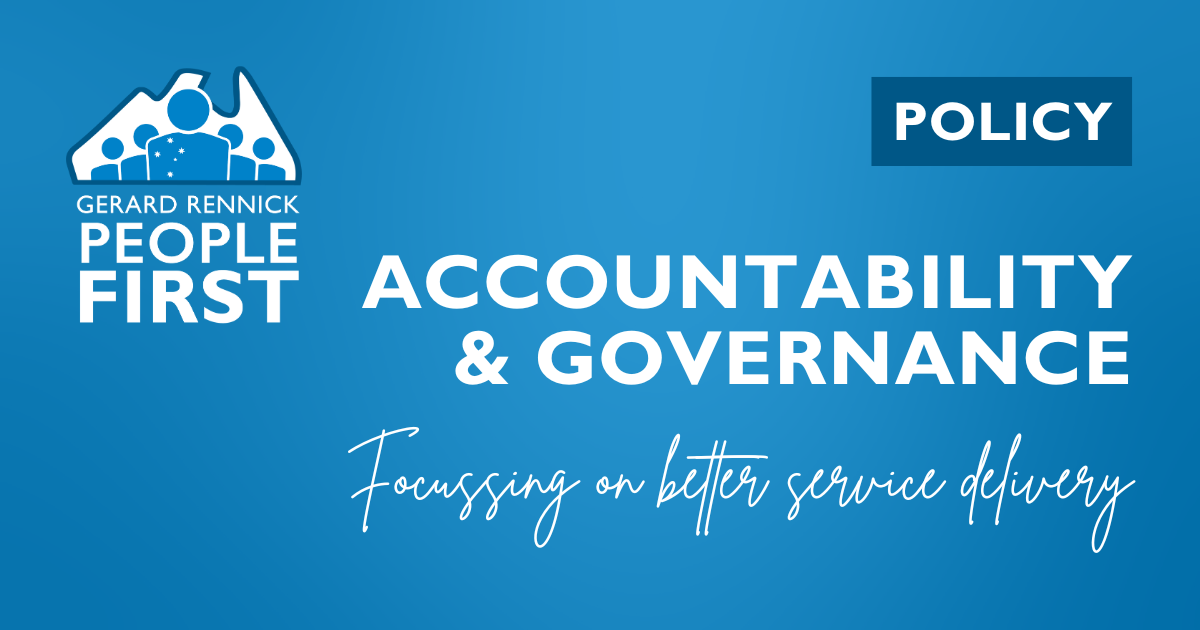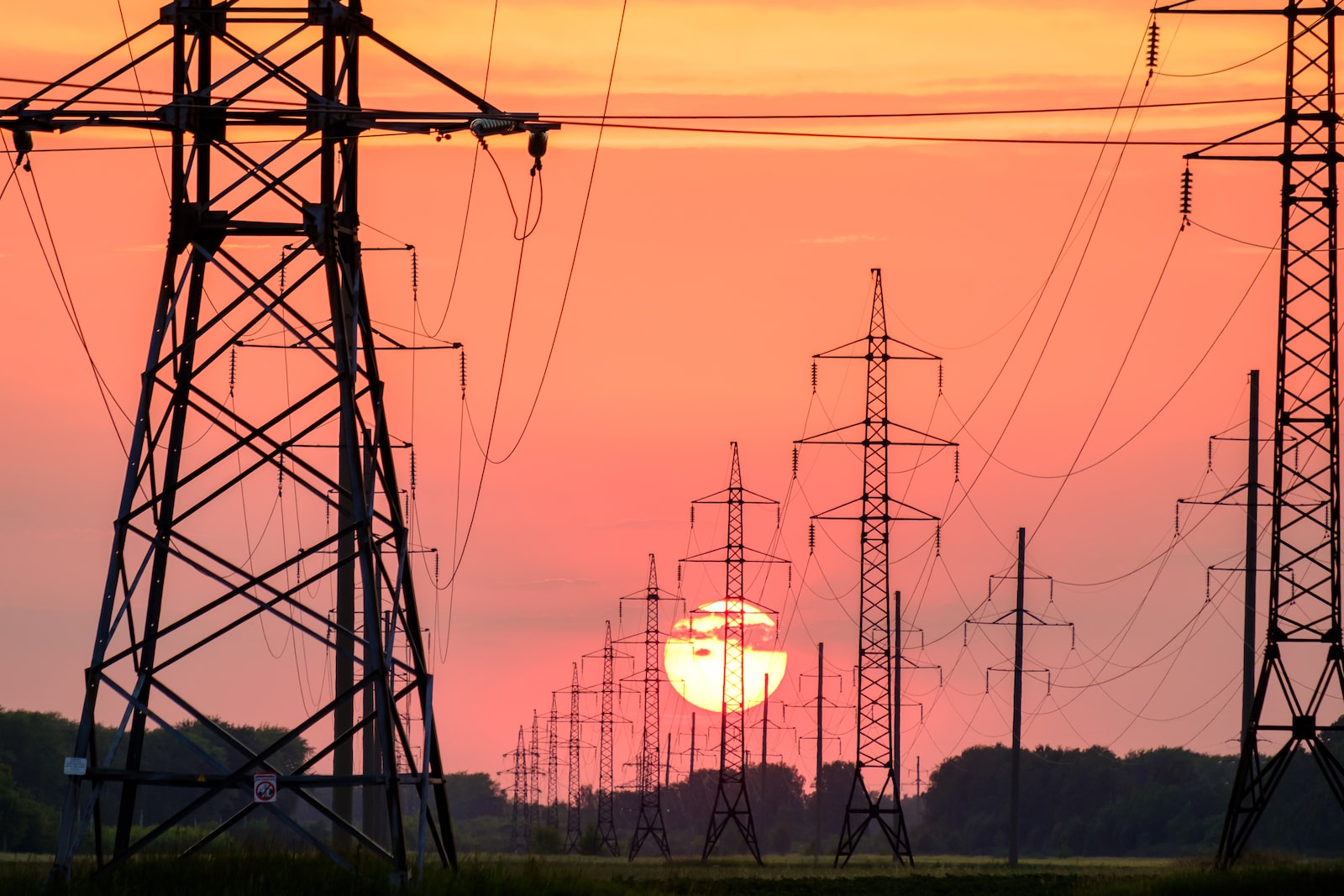In estimates I quizzed the RBA as to why they are using austerity measures rather than productivity measures to manage the economy.
Austerity measures via sharp interest rate increases are only hurting the battlers who don’t deserve to suffer because of prior flawed decisions. It does nothing to control inflation as higher interest rates are a form of inflation themselves.
Furthermore it is a redundant measure and quite frankly cruel measure as demand is already being dampened through higher fuel and energy costs.
There are three ways to manage monetary policy:
1) qualitative – controlling interest rates
2) quantitative – controlling volume of capital
3) macroprudential – controlling lending terms and conditions
The RBA/APRA (APRA used to be a part of the RBA) are showing their ignorance of monetary policy by only using qualitative measures.
They should also be using quantitative measures to increase the supply of essential services by building dams, power stations and transport infrastructure.
As Australia’s population grows, the need for greater credit in the system should be supplied by the RBA through equity backed infrastructure, not unsecured foreign debt.
Finally rather then drive existing mortgage holders out of their homes they can tell the banks to lower the amount of money they lend on housing so that people don’t over borrow in the first place. I.e. macroprudential measures.
It’s important to note interest rates should increase, but not at the speed the RBA is going at. It’s also important to note that the RBA should have never lowered interest rates so low in the first place, which has created a bubble that is going to cause a lot of pain as it deflates.
—
Economics Legislation Committee
10/11/2022
Estimates
TREASURY PORTFOLIO
Reserve Bank of Australia
Senator RENNICK: I want to pick up your comment, Ms Bullock, that fiscal policy can add to demand. I disagree with that statement as a generalisation. I think there are two types of fiscal policy. There is obviously spending and consumption, which, yes, does add to demand. There is also investment in building and production. As a result of a lot of the $300 billion spent in the market throughout COVID, we’ve increased demand. We’ve had a supply shock from the Ukraine and renewable mal-investment et cetera.
What you’re doing at the moment by increasing interest rates so fast through qualitative tightening is reducing demand. You are bringing on an austerity package. I’ve spoken to you before about this, Dr Kent. We need to be having a quantitative easing package that increases productivity and increases supply. We hear this all the time that fiscal policy only ever adds to demand. I disagree with that. If we’re going to deal with supply side issues in this country—that is, the lack of productivity through not enough dams, power stations, roads and bridges et cetera—shouldn’t we be looking at a quantitative easing measure that is focused on building sovereign assets that are going to supply more essential services into the market that will actually drive prices down because of increased supply? So rather than adopt an austerity package—I’m not saying you shouldn’t raise interest rates; I don’t think you should raise them as quickly—wouldn’t we be better off raising productivity and, hence, supply to offset that lack of supply because of the Ukraine war and the other measures we are facing?
Ms Bullock : I can’t disagree with that general premise. What I was basically talking about was fiscal policy that increases demand by increasing consumption.
Senator RENNICK: Sure.
Ms Bullock : Another challenge here, of course, is that we do have in the infrastructure space supply constraints there as well. We know in the federal government and the state governments there’s all the home building as well. There’s a huge pressure on construction at the moment, which is also increasing inflation.
Senator RENNICK: Yes.
Ms Bullock : All I’m saying is that there is nothing wrong with the idea that the government needs to look at infrastructure spending to increase productivity. But we need to be a bit careful that the spending isn’t directed into areas where there are already inflationary pressures. Areas that impact consumption, particularly construction at the moment, are likely to do that.
Senator RENNICK: I accept that. Has the Treasury approached the RBA since the new government has been formed about forming an infrastructure bank designed to provide cheap capital? As I have just demonstrated, you provide cheap capital to the banks. It would be cheap capital to, say, state governments to help build dams, railways and power stations?
Ms Bullock : No. I don’t believe we’ve been approached, no.
Senator RENNICK: Thank you.






























